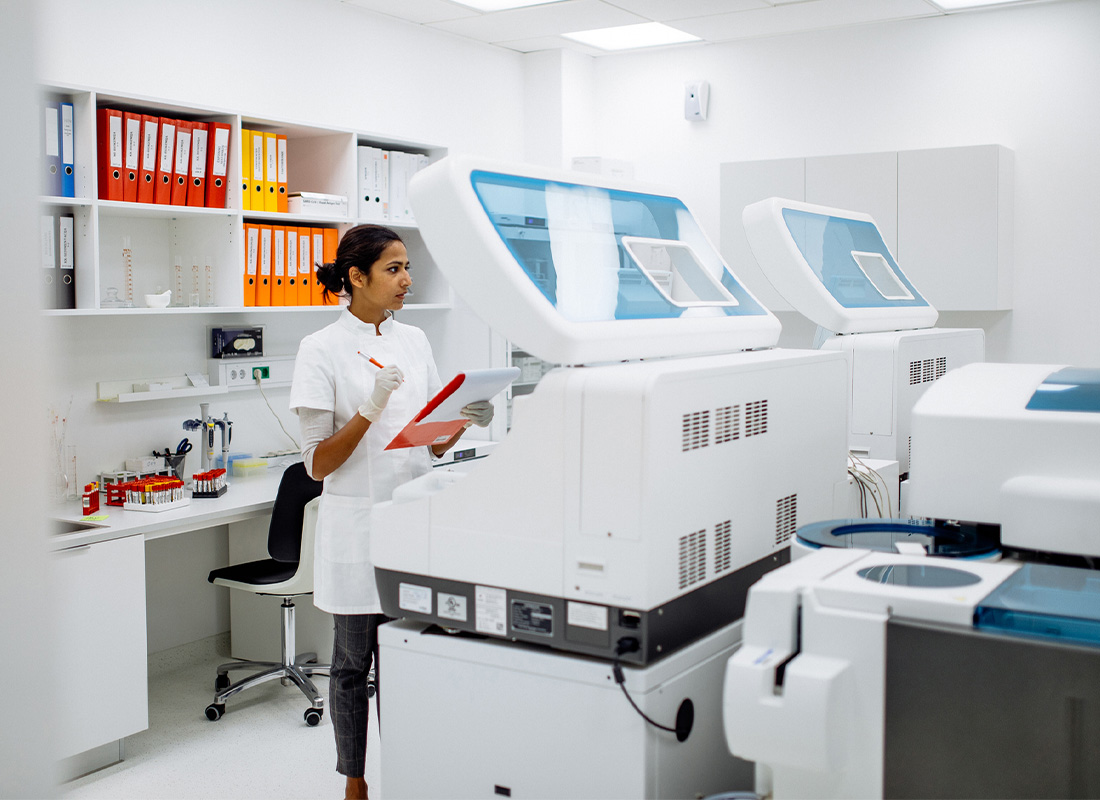Expert Q&A: Clinical Lab Automation Trends and Tips for Implementation
Laboratory leader Ihab Abumuhor discusses recent lab automation-related developments and the keys to successful implementation.

Subscribe to Clinical Diagnostics Insider to view
Start a Free Trial for immediate access to this article